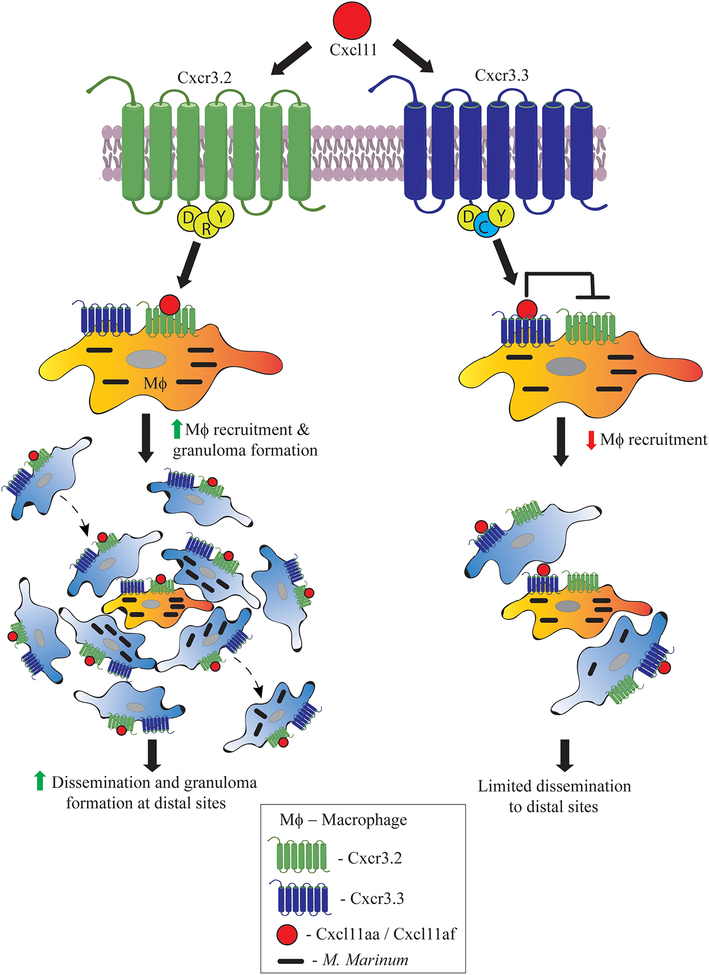Figure 1. Regulation of the Cxcr3 signalling axis in zebrafish via an antagonistic Cxcr3 receptor pair.
In this issue, Sommer et. al describe a novel regulatory function for zebrafish Cxcr3.3, a paralogue of the previously characterized chemokine receptor Cxcr3.2. In comparison to Cxcr3.2, Cxcr3.3 has an altered E/DRY motif (DCY) that resembles atypical chemokine receptors (ACKRs), potentially limiting signalling through G-proteins. Upon binding to its ligand Cxcl11, Cxcr3.2 has been shown to drive increased macrophage recruitment to M. marinum infection sites and consequently promote dissemination to distal sites. In contrast, Cxcr3.3 is posited to compete with Cxcr3.2 for Cxcl11, thereby acting to antagonize Cxcr3.2 function. This antagonism leads to reduced macrophage migration and ultimately limits dissemination of infection to distal sites. Thus, deficiencies for the antagonistic Cxcr3.3 receptor result in more dissemination and higher bacterial burdens during mycobacterial infections.

